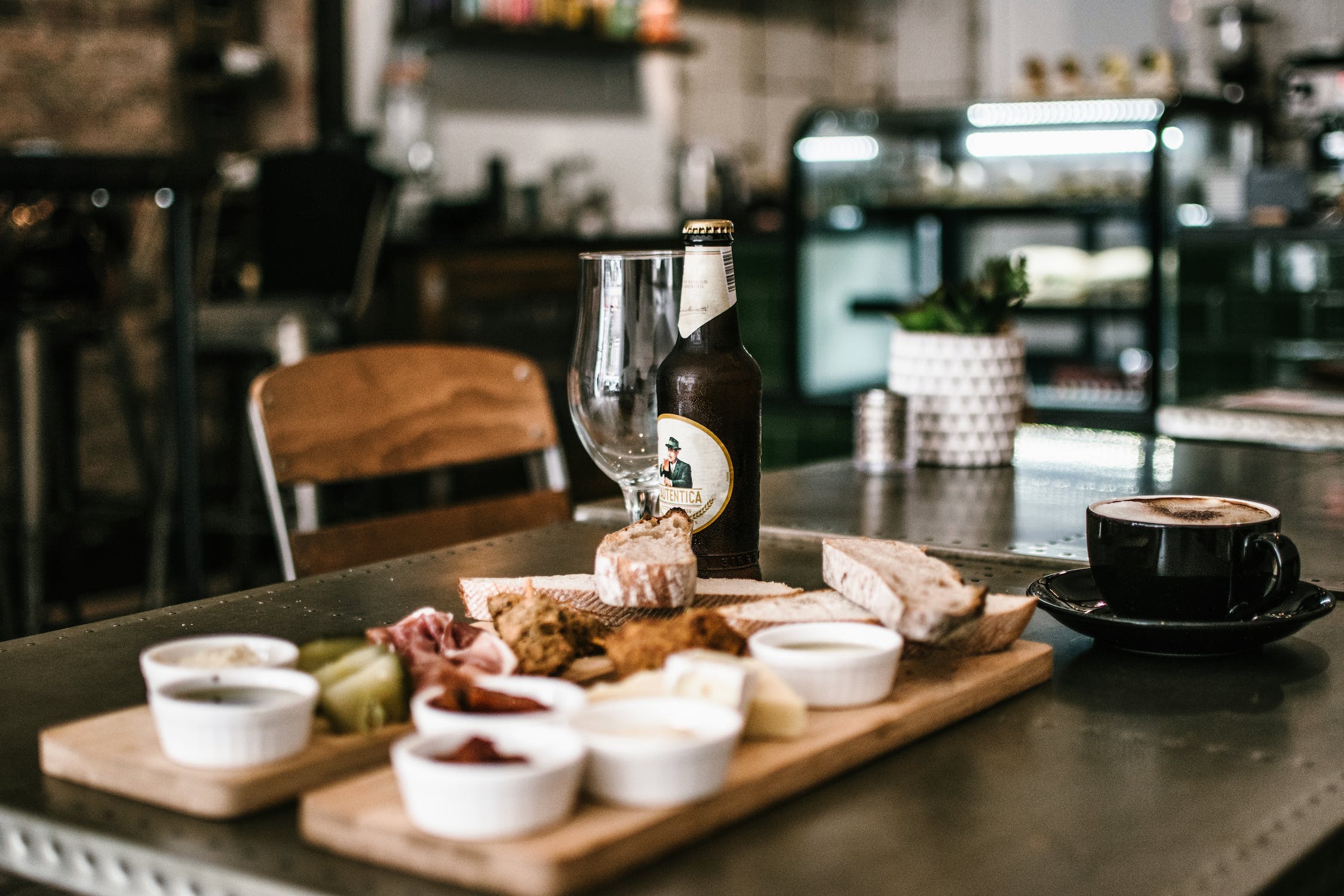
04 Jul FOOD FOR THOUGHT: WHAT’S THE FUTURE OF RESTAURANTS?
Being future of restaurants keynote speakers and food and beverage futurists, take it from us: You can anticipate big changes coming to the space in the years ahead. No matter if you’re talking fast food, quick service, or fine dining, very soon, there won’t be a single corner of the industry that has gone untouched by shifts in cultural trends and the rise of new technologies. All that said, as future of restaurants keynote speakers, here are some of the new developments we’ve been monitoring over the past few years, which you may find of interest.
- Digital Technology and Automation: Restaurants are increasingly adopting digital transformation and cloud computing as a way to enhance efficiency and improve customer experiences. Think online ordering systems, mobile apps for reservations and payments, and self-service kiosks. Automation and robotics may also play a role in areas such as food preparation, dishwashing, and delivery, reducing labor costs and streamlining operations.
- Delivery and Ghost Kitchens: The rise of delivery platforms has transformed the restaurant industry, with a growing number of consumers opting for convenient meal delivery. Then there’s ghost kitchens, also known as virtual or cloud kitchens, which are dedicated facilities that cater exclusively to delivery orders, often housing multiple restaurant concepts under one roof. These models can provide cost-effective solutions for expanding restaurant brands and meeting the demands of the delivery market.
- Green Business Solutions: As sustainability concerns continue to grow, dining establishments are also adopting eco-friendly practices, like future of restaurants keynote speakers often point out. Some practices here include sourcing local and organic ingredients, reducing food waste through composting and recycling, and implementing energy-efficient equipment and practices. Restaurants are also exploring alternative packaging materials and minimizing single-use plastics.
- Health-Conscious and Specialized Menus: Consumer demand for healthier options and specialized diets is further influencing restaurant menus to boot. Plant-based and vegetarian options, as well as gluten-free, keto-friendly, and allergen-sensitive choices, are becoming more prevalent. Chefs are adapting their menus to cater to specific dietary preferences and restrictions to meet the evolving needs of their customers.
- Immersive Dining Experiences: On top of this, many hotspots are exploring ways to create unique and immersive dining experiences that go beyond the traditional meal. That runs the gamut of new innovations such as experiential dining concepts, themed restaurants, interactive elements, and multisensory experiences that engage diners on multiple levels. Technology, such as virtual reality or augmented reality, may be used to enhance these experiences.
- Making a Difference: As you may have noticed, many restaurants are increasingly focusing on community engagement and social impact as well. To this extent, they’re supporting local farmers and suppliers, participating in charitable initiatives, and fostering connections with the local community. Customers are often drawn to restaurants that align with their values and contribute positively to society.
- Hyper-Tailored: Numerous establishments may also offer more personalized dining experiences, allowing customers to customize their meals based on preferences, dietary requirements, or nutritional goals. All sorts of new high-tech tools can facilitate this through interactive menus, AI-driven recommendations, or personalized flavor profiles.
- Team-Ups and Partnerships: Collaborative spaces and shared dining concepts are gaining popularity, where multiple vendors operate within a single location. Like future of restaurants keynote speakers note, such crossovers allow customers to choose from a variety of food options and encourages a sense of community. Food halls and pop-up dining events are examples of this trend.



